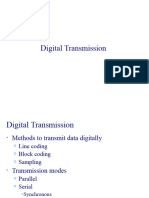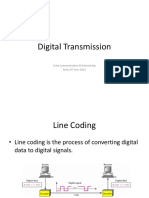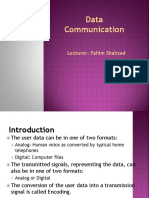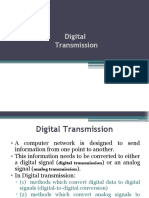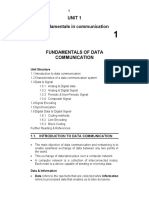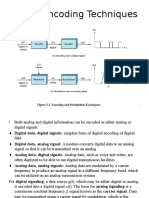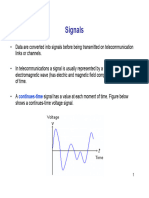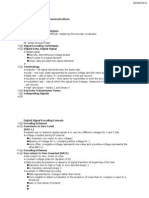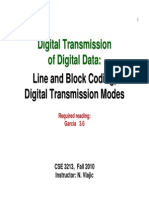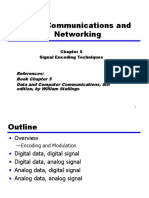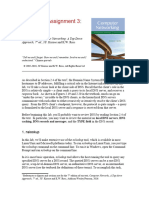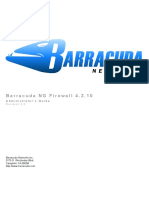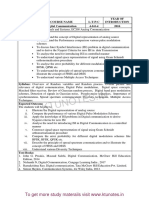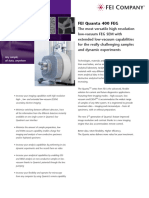0% found this document useful (0 votes)
108 views42 pagesLecture 4 Signal Encoding Techniques
1) Digital signals use binary encoding (0s and 1s) to represent information and are less affected by noise than analog signals.
2) There are various techniques for encoding digital signals onto transmission mediums, including line coding schemes like unipolar, polar, and bipolar encodings.
3) Digital data can be transmitted serially or in parallel, with asynchronous and synchronous being common serial transmission modes.
Uploaded by
Liston KiwoliCopyright
© © All Rights Reserved
We take content rights seriously. If you suspect this is your content, claim it here.
Available Formats
Download as PPT, PDF, TXT or read online on Scribd
0% found this document useful (0 votes)
108 views42 pagesLecture 4 Signal Encoding Techniques
1) Digital signals use binary encoding (0s and 1s) to represent information and are less affected by noise than analog signals.
2) There are various techniques for encoding digital signals onto transmission mediums, including line coding schemes like unipolar, polar, and bipolar encodings.
3) Digital data can be transmitted serially or in parallel, with asynchronous and synchronous being common serial transmission modes.
Uploaded by
Liston KiwoliCopyright
© © All Rights Reserved
We take content rights seriously. If you suspect this is your content, claim it here.
Available Formats
Download as PPT, PDF, TXT or read online on Scribd
/ 42

